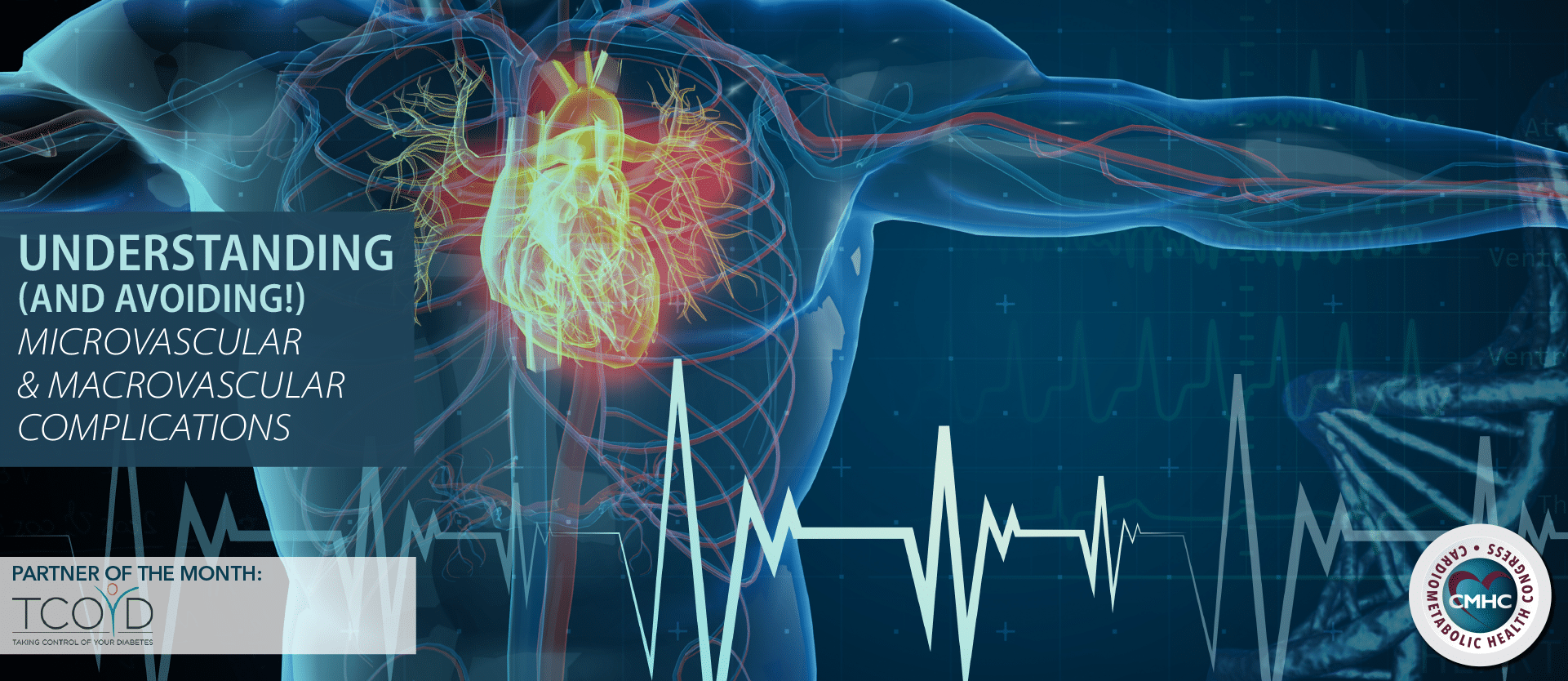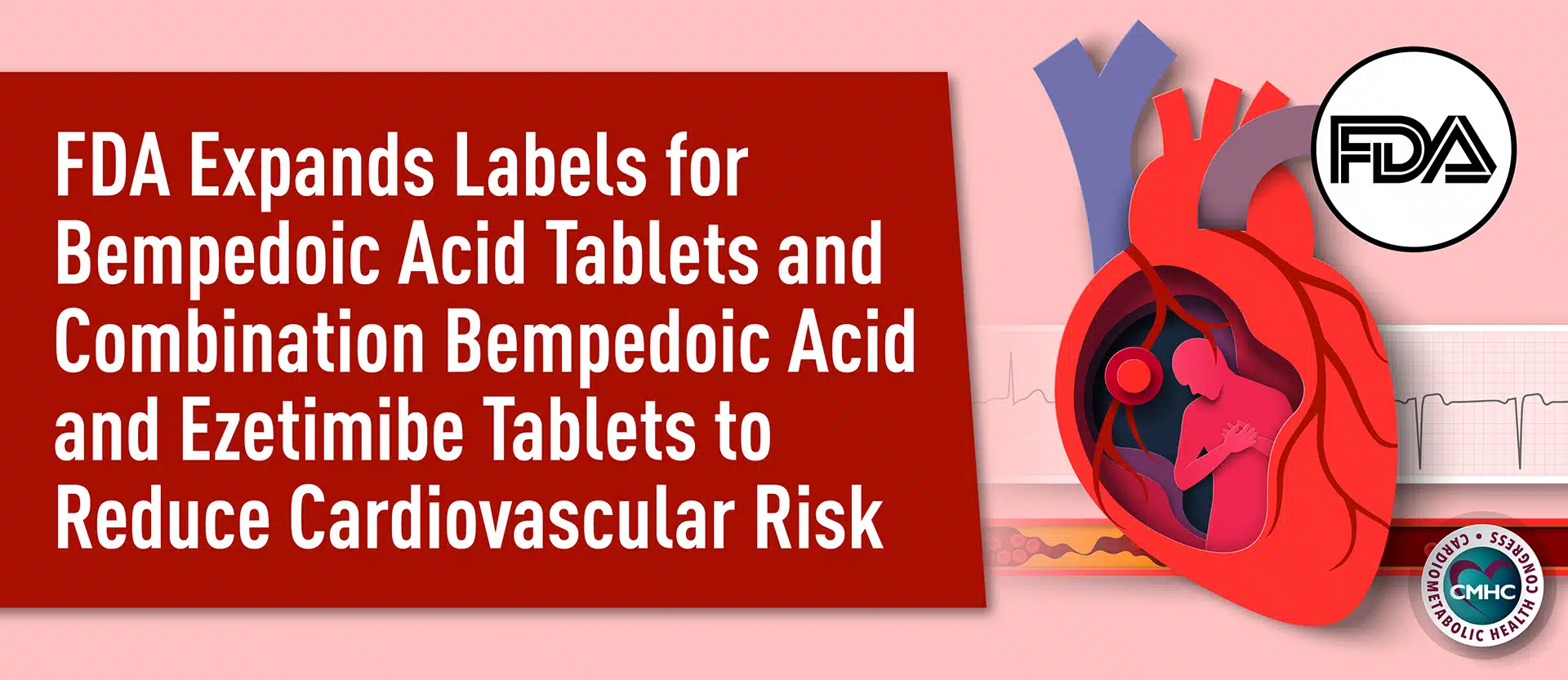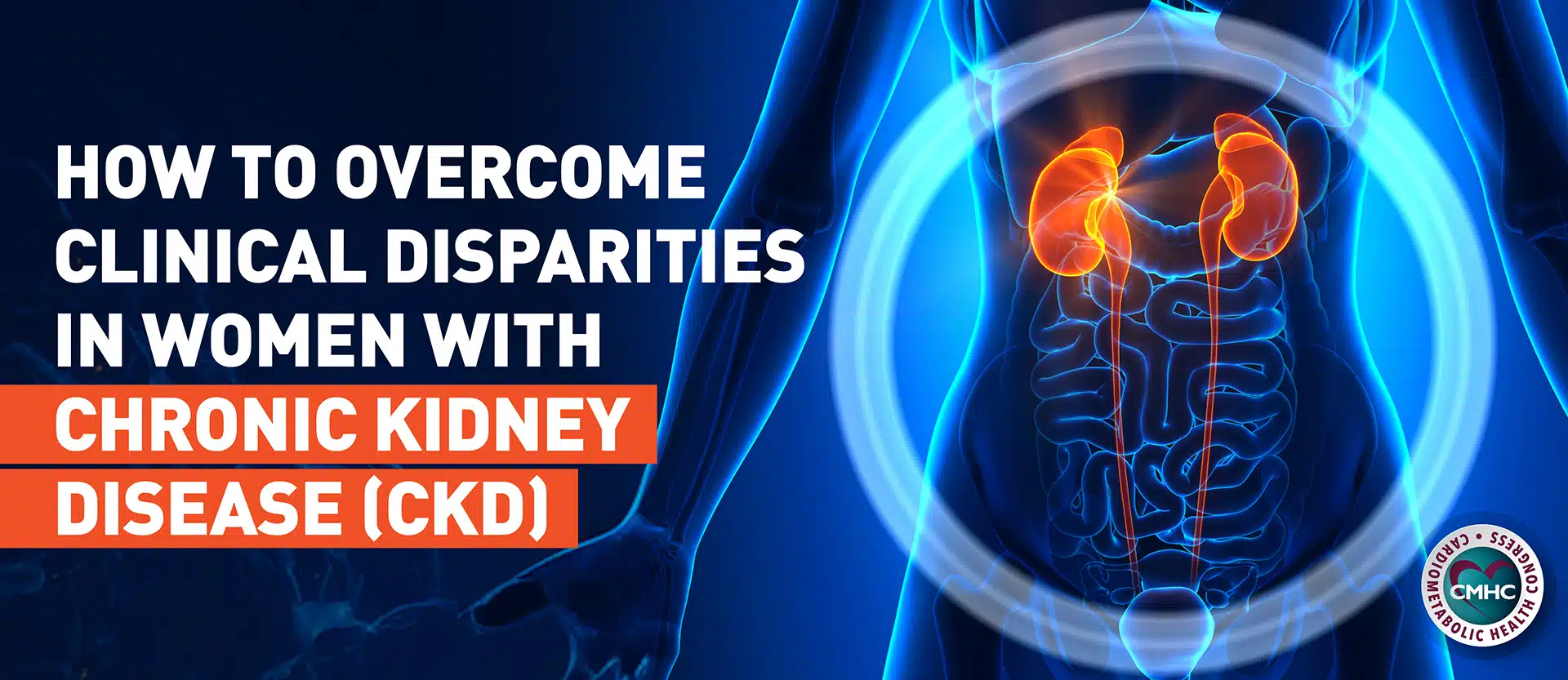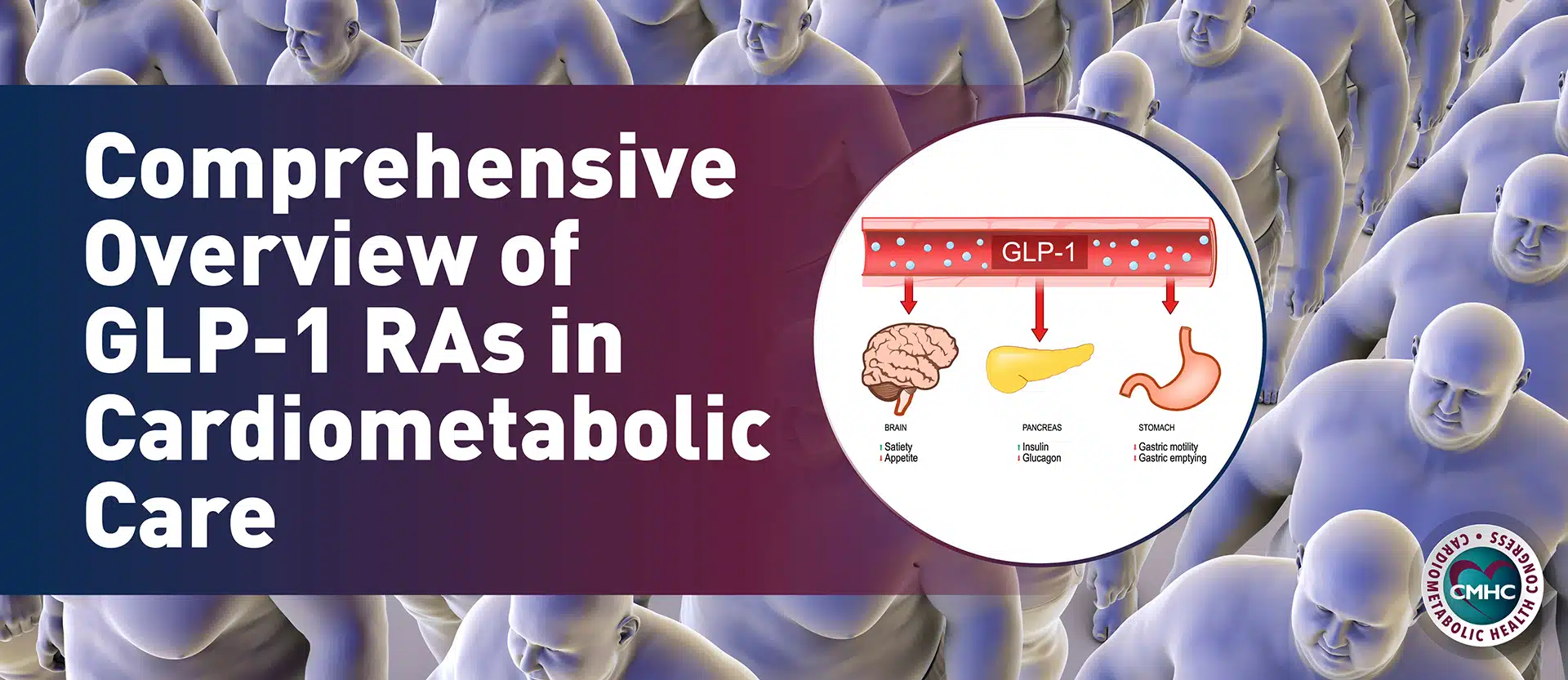The blood vessels in your body are like the pipes running through your home. The whole vascular system is the pipeline through which blood travels, carrying oxygen and nutrients to tissues.
In turn, waste is moved away from the tissues to be metabolized and eliminated by the liver and kidneys. Blood vessels are bigger at their origin (the heart) and get progressively smaller (like the branches of a tree) as they extend to the farthest reaches of the body, such as your fingers and toes.
What Causes Macrovascular Disease?
Chronically high blood sugar, high cholesterol and high blood pressure (I like to call them The Big 3) cause damage to the walls of these ‘pipes’. High blood pressure and high cholesterol in particular can cause damage to the larger blood vessels – the vessels that supply the heart and the brain. This increases the risk for heart attack and stroke. We call this macrovascular disease.
The amount of damage that occurs depends on how high the blood pressure and cholesterol has been, and for how long. It’s fairly simple to understand if you think of the pipes in your home as an analogy. Over time the pipes in your house build up residue on their walls (remember those Roto-Rooter commercials on TV?) and when that happens, water doesn’t flow through optimally, and sometimes the pipes get completely blocked. It’s the same thing with large blood vessels. High blood pressure stretches and strains the blood vessel wall making it more susceptible to injury. High cholesterol can get into the wall of the blood vessels, causing them to thicken in areas called plaques. These plaques can rupture suddenly causing a clot to form and sudden blockage of the vessel – this is what happens in a heart attack. Blood flow to the tissues beyond is blocked and these tissues die because of lack of oxygen and nutrients.
What Causes Microvascular Disease?
On the other hand, the small blood vessels in the eyes, kidneys and nerves are more susceptible to the damaging effect of high blood sugar. This is called microvascular disease and leads to the more commonly recognized complications of diabetes – blindness, kidney failure and amputations. The reason behind these types of complications is slightly different but in the end, it’s basically because the blood vessels can’t get nutrients and oxygen to the places in our body that really need it. For example, say a person without diabetes is taking their dog out in the middle of the night and he slips on a partially wet Slip ‘N Slide that the kids left out in the backyard, and then he cuts his foot on an empty beer can strewn nearby. Not that big of a deal for your average Joe, but for someone with diabetes it could be a big problem if he also has vascular disease. Damaged or blocked small blood vessels prevent oxygen, nutrients and immune cells from getting to the cut in order to heal it properly.
Prevention is Possible
The good news (and there is good news!) is that these complications can all be prevented. Although it was long believed that controlling The Big 3 would reduce these complications, there wasn’t definitive proof in the form of well-designed clinical research until about 25 years ago. However, since then there has been study after study documenting reduced rates of microvascular and macrovascular disease – and their complications – in diabetes by controlling these three risk factors. We now have much better tools to treat The Big 3 – better drugs and better devices to monitor and treat diabetes, multiple classes of drugs to control blood pressure, and statins to keep cholesterol down.
What Every Person Living with Diabetes Should Know
Sometimes doctors get too focused on blood sugar and pay less attention to blood pressure and cholesterol. In my mind, every person living with diabetes is a candidate to take medications for The Big 3. The research is there to support doing so. There are some people living with diabetes who may not need treatment for all three, but they are definitely the minority. Your doctor will help sort out where you fit as an individual. There is a lot of misinformation on the internet about the safety of drugs and all drugs have some risk. Your doctor will assess the benefits and risks of each particular drug for your situation.
It’s also important to note that damage to blood vessels is silent in the early stages, very rarely are you even aware that it’s happening so make sure that your doctor routinely monitors you for potential vascular complications.
Here’s What You Can Do Now
In order to effectively monitor for vascular complications make sure you:
- Keep up on your regular and routine doctor visits
- Get your A1c checked two to four times per year
- Get an annual eye exam
- Ensure your doctor runs specialized blood and urine testing to evaluate your kidney function
For more info on the latest drugs, devices, and recommended preventative tests, check out the 5th edition of Dr. Edelman’s book Taking Control of Your Diabetes which you can get here. Early detection and treatment can prevent progression and sometimes reverse these complications.
The days of inevitable macrovascular and microvascular complications of diabetes are over. However, it takes some effort and education, and the best patient is an educated patient, so you are already one step ahead of the game.


















